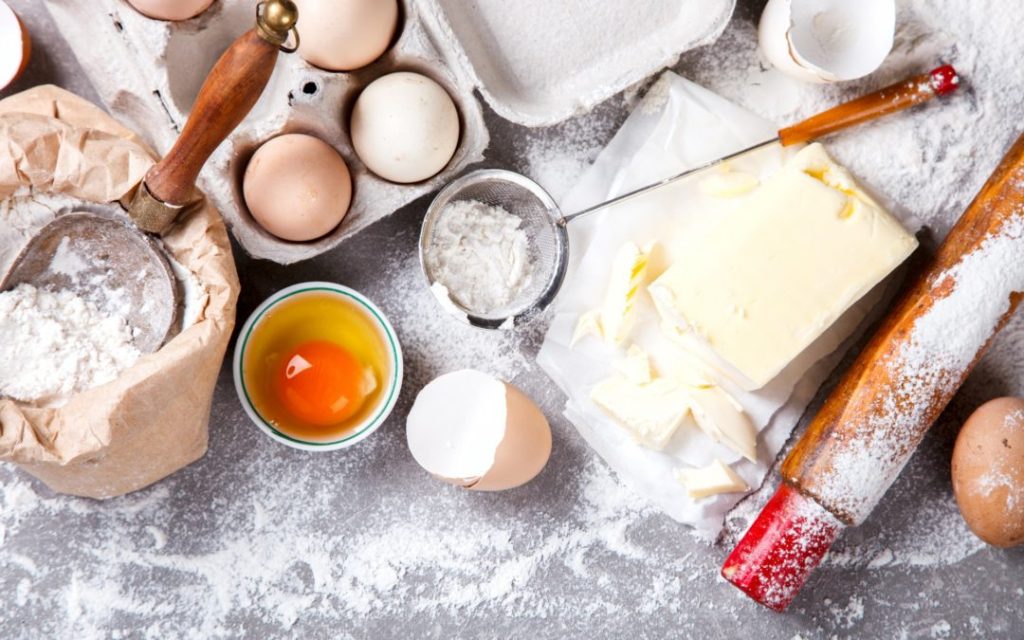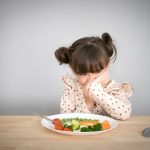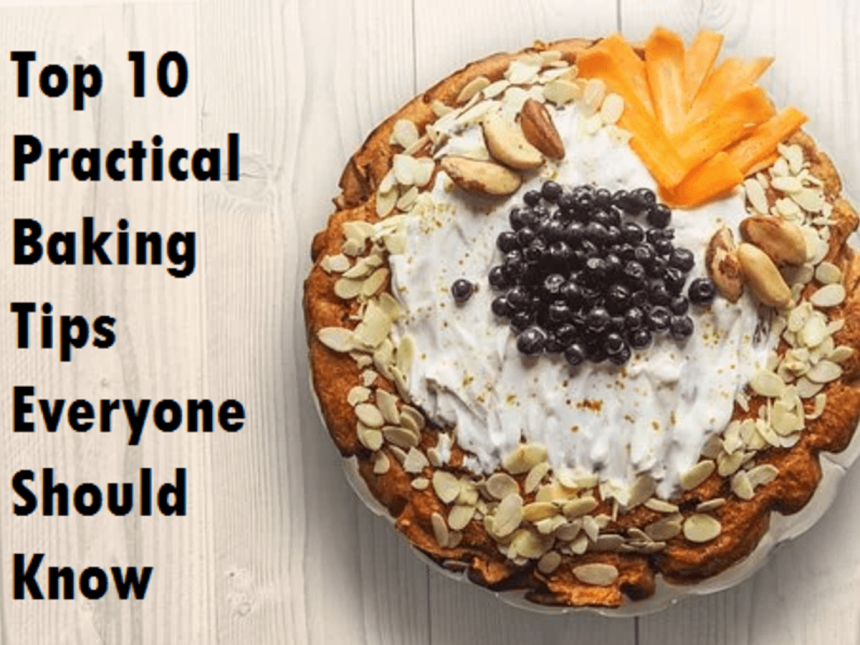There’s a lot to learn when you’re new to cooking, and a few Baking Tips and Tricks for Home Bakers from seasoned pros can help.
We’ve compiled 10 tips to help you start off on the right foot and avoid making the same mistakes others made in the first place.
1.Read the recipe carefully
Good cooking is all about preparation. Read the recipe carefully before you start cooking, ideally before you go to the supermarket! It serves several purposes.
First, make sure you have all the ingredients ready.
This will give you a good overview of all the steps before you start. You may need to work quickly during the steps and need to ensure that the previous steps or materials have been prepared in advance.
2. Follow each step and instruction
Cooking is very different from cooking. More complex chemistry is involved, and ingredients must be mixed and prepared in the right way for the chemistry to work as intended.
But you don’t have to avoid it when you’re starting out, and you don’t have to know much about chemistry itself. Just follow the steps in the recipe and make sure every instruction is in order and you will get great results.
In other words, don’t back down or miss out on compelling offers. It can be the difference between success and disaster!

3. Mise en place
It is basically about having everything prepared and ready to cook on the spot.
The same goes for professional chefs and chefs. Even hobby chefs do it! This is actually an extension of the previous two tips and involves placing and weighing or preparing all your ingredients before you start cooking.
Sift the flour, break the egg and preheat the oven. Make sure you have all the tools on hand and know the steps to follow.
Cooking becomes much easier and more enjoyable. trust me!
4. Measure the ingredients carefully
The proportion of ingredients in a recipe has a huge impact on the finished product.
For example, adding too much sugar, butter, or flour to a cake can significantly affect its taste, texture, and texture. Too much or too little baking powder can cause the cake to rise too quickly, become soft, dry out, or not rise well at all.
Changing the amount of yeast in your bread dough can cause the dough to rise too quickly or take longer than usual.
That’s why it’s so important to carefully measure all ingredients. Invest in a set of good measuring cups and a small amount of measuring cups for liquids. But if you want to be absolutely sure about the weight of this important ingredient.
5. Use of electronic weighing scales
Pitches and measuring cups are great for weighing liquids, but when it comes to weighing dry ingredients, electronic scales can’t be beat.
Measuring cups may vary in size and the amount of dry material itself cannot be measured reliably. Factors such as hardness and the degree of compaction of a component may have more effect on volume than weight.
If you look at many conversion charts online, you will see different values for certain ingredients. The digital scale solves the problem.
6. Convert volume to weight
You will undoubtedly find recipes that require you to measure the amount of dry ingredients like flour or sugar. For the reasons discussed in the previous tip, it’s a good idea to convert this quantity measurement to weight to make cooking easier the next time and to be consistent.
After measuring the amount of ingredients, weigh and record them with the recipe. If you are satisfied with the cooking result, you can use the same value next time.
7. Weighing in water
This only applies if you are using the metric system, but if so, it is sometimes convenient to weigh the water instead of measuring it by volume. This is especially true when dealing with unstable quantities that are not easily readable in a measuring cup, such as a splash of water.
Since the metric system was developed based on water, one milliliter of water weighs exactly one gram. So, thanks to the digital scale, 473 ml of water can now be measured very accurately.
8. Beware when exchanging elements
If a recipe calls for a particular type of flour, sugar, or butter, there has to be a reason for it. If you mix self-rising flour with baking powder and replace it with regular flour, the cake won’t rise.
Cakes, pastries and breadcrumbs vary in protein and gluten and are not substitutable for each of certain recipes.
Also, the location of the sugar can affect the results, as different types of sugar have different flavors and textures. Unsalted butter is more likely to hold you to the amount of salt in your recipe, so when substituting salt for butter, be sure to cut down on the amount of extra salt added.
It’s usually a good idea to stick to the listed ingredients when you first start out, and as you gain more experience, you can start experimenting with alternatives.
Knowing more about what each component does can help you predict what changes will occur as a result of the replacement.

9. Make your Oatmeal
That said, if you lack self-rising flour or just don’t want to bake enough to justify having multiple types of flour at home, there are easy ways to convert regular flour to self-rising flour.
Mix 1 cup (about 6oz or 150g) of plain or all-purpose flour with 1½ tsp baking powder and ½ tsp fine salt. Make sure the ingredients are well mixed and add to the recipe as directed.
It’s also a good idea to use self-rising flour infrequently, as it loses its rising power over time. Make sure the baking powder you use is not past its expiration date.
10. Storing Ingredients in Glass Bottles
Most dry ingredients will last longer if stored in an airtight container and out of direct sunlight. This protects against the damaging effects of excess moisture and UV rays.
Moisture can lower the life of a material or, in extreme cases, destroy it. Sunlight can oxidize it, reducing the flavor and affecting the nutritional content.
To avoid this, place ingredients in Keller glasses or jars to keep them damp and opaque in a closet or dark pantry.










